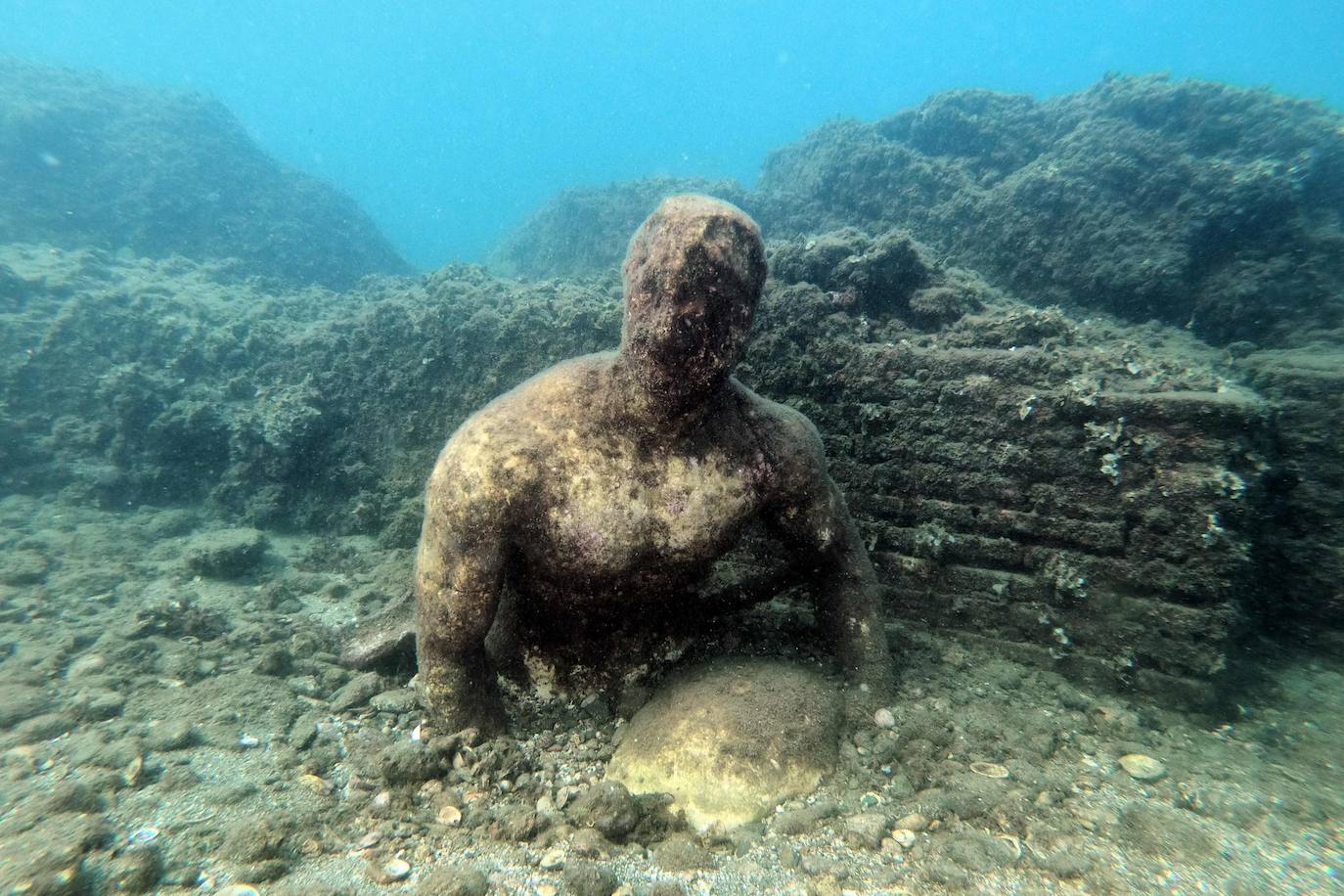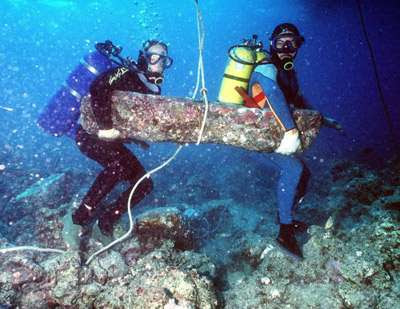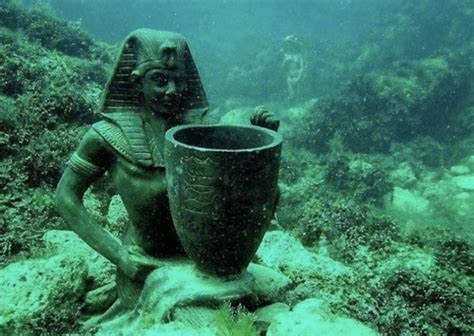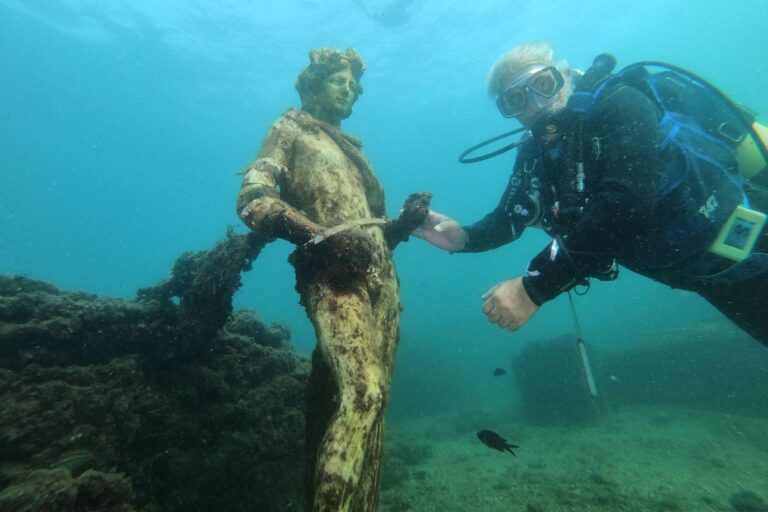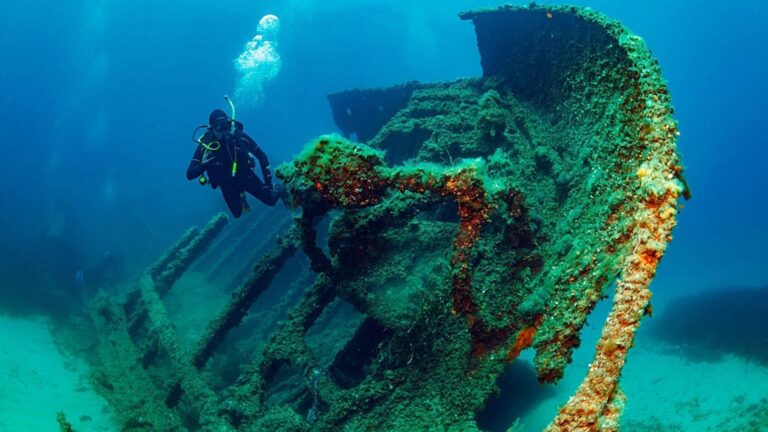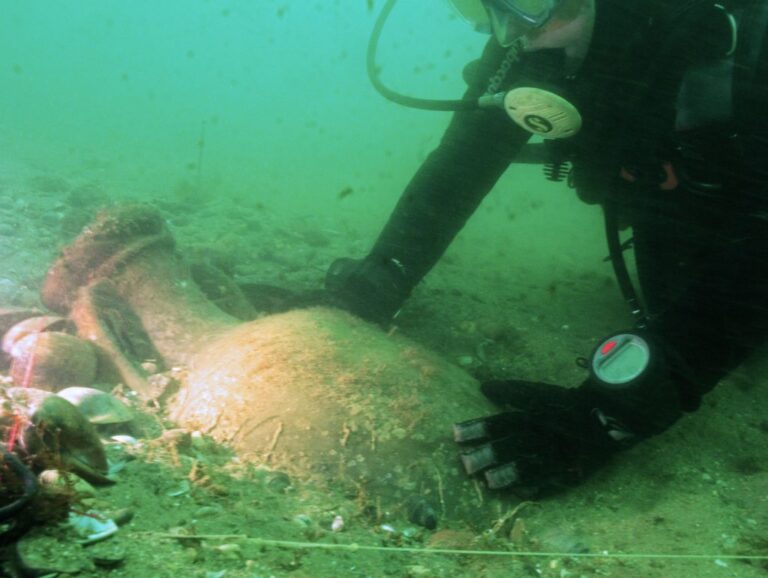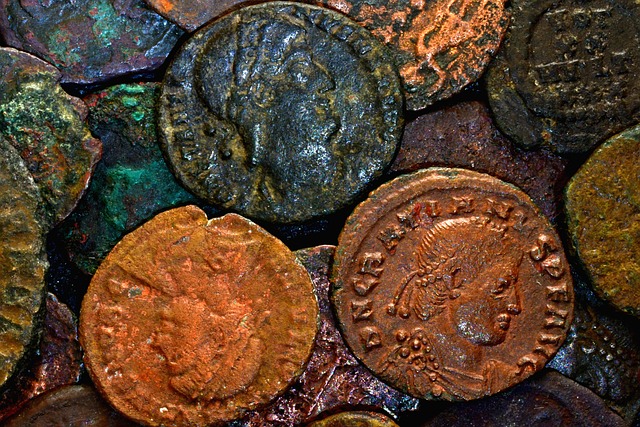Unveiling Secrets of the Past: Underwater Discoveries
A world beneath the waves holds ancient secrets and mysteries waiting to be uncovered. The vastness and depth of the ocean have been the perfect hiding place for centuries, preserving historical artifacts, lost cities, and sunken treasures. Underwater discoveries provide us with a unique glimpse into the past, shedding light on civilizations long gone and enriching our understanding of history. This article explores the fascinating realm of underwater discoveries, where the depths of the ocean become a playground for archaeologists, historians, and adventurers alike.
Table of Contents
Significance of Underwater Discoveries
The significance of underwater discoveries cannot be understated. Deep beneath the surface lies a trove of untouched historical artifacts, providing a window into ancient civilizations. The underwater environment serves as a natural preservative, protecting these relics from the ravages of time, weather, and human interference. Through meticulous exploration and research, we can uncover items that have been hidden away for centuries, unlocking the stories of the past and filling in gaps in our historical knowledge.
Historical Artifacts Beneath the Waves
Underwater environments offer remarkable preservation benefits, providing a unique opportunity to uncover historical artifacts that have been hidden for centuries. These underwater discoveries hold valuable insights into ancient civilizations and offer a glimpse into our rich past.
One notable example of such a discovery is the Antikythera Mechanism, a complex ancient Greek device. Used to predict celestial events, this intricate mechanism showcases the advanced knowledge and technological prowess of the ancient Greeks.
Another amazing find is the Nemi Ships, which were Emperor Caligula’s opulent pleasure boats. These lavish vessels were sunk in Lake Nemi, Italy, and their discovery shed light on the extravagant lifestyle of Roman emperors.
The Uluburun Shipwreck is yet another captivating underwater discovery. This 14th-century BCE vessel was filled with precious cargo, including copper ingots, glass ingots, and luxury goods. The findings from this shipwreck provided valuable insights into ancient trade routes and maritime commerce in the Mediterranean region.
These underwater artifacts offer a tantalizing glimpse into ancient civilizations and their technological advancements, artistic expressions, and trade networks. The preservation benefits of underwater environments have allowed these artifacts to withstand the test of time, preserving them in astonishing detail. Exploring the depths of the sea continues to unveil the secrets of the past and enrich our understanding of human history.
Lost Cities Resurfacing From the Depths
The concept of lost cities submerged underwater has always captured the imagination of explorers and historians alike. Lost cities symbolize a sense of mystery and intrigue, their existence buried beneath the depths of the sea. These submerged metropolises hold the potential to provide invaluable insights into our past, unlocking secrets that have remained hidden for centuries.
One of the most famous lost cities is Atlantis, the legendary civilization mentioned by Plato. Its existence has inspired numerous expeditions and theories, with explorers tirelessly searching for its location. While the true whereabouts of Atlantis remain unknown, the quest to uncover this mythical city continues to captivate the minds of many.
Another noteworthy discovery is Thonis-Heracleion, an ancient Egyptian city once believed to be a mere myth. Situated in the Mediterranean Sea, the city was submerged by the waters over a thousand years ago. Thanks to the efforts of underwater archaeologists, Thonis-Heracleion was gradually brought to light, revealing splendid temples, statues, and intricate artifacts. The discovery of this lost city has greatly enriched our understanding of ancient Egyptian civilization and its relationship with the sea.
In a similar vein, the ancient city of Dwarka off the coast of India has also provided compelling evidence for the existence of an underwater civilization. As mentioned in Hindu mythology, this submerged city was once the capital of Lord Krishna. Archaeologists have uncovered various structures and artifacts, corroborating the religious texts and reinforcing the interplay between mythology and archaeology.
These lost cities resurfacing from the depths not only fascinate us but also challenge our preconceived notions of history. They serve as poignant reminders that our past is not limited to what is visible on land. By delving into these underwater realms, we gain a deeper understanding of the intricate tapestry of human civilization and the stories that lie hidden beneath the waves.
Sunken Treasures Waiting to be Found
The allure and fascination surrounding sunken treasures have captivated the minds of adventurers and explorers throughout history. The idea of discovering hidden riches beneath the waves is a thrilling concept that continues to drive the exploration of underwater sites. In the vast expanse of the oceans, countless treasures lie waiting to be uncovered, offering glimpses into the past and adding depth to our understanding of human history.
One remarkable example of a famous sunken treasure is the Ship of Gold. This vessel, known as the SS Central America, was carrying significant quantities of gold during the California Gold Rush in the late 1800s. Lost to the depths of the ocean, it was eventually found in 1988. The recovery of this lost treasure not only yielded a valuable trove of gold coins and artifacts but also provided a tangible connection to the historical events and economic influences of the time.
Another notable sunken treasure is the S.S. Republic, a shipwreck from the Civil War era. Laden with valuable artifacts and coins, this vessel sank off the coast of Georgia, USA. In its watery grave, it preserved not only the material wealth of the time but also the stories and struggles of the individuals who lived through that tumultuous period. The archaeological exploration of this shipwreck has offered a unique window into a pivotal moment in American history.
One of the most stunning sunken treasures ever discovered is the Vasa, a magnificent 17th-century Swedish warship. This grand vessel was beautifully preserved and adorned with extravagant ornamentation when it was found at the bottom of the sea. The Vasa provides a tangible representation of the craftsmanship and design aesthetics of its time. By studying this remarkably preserved ship, researchers have gained valuable insights into naval architecture, social hierarchies, and artistic expression during the 17th century.
These remarkable examples of sunken treasures highlight the enormous value that lies hidden beneath the waves. The allure and fascination surrounding these underwater artifacts are not simply about their monetary worth but rather the historical stories they have to tell. Each discovery offers a unique glimpse into the past, allowing us to piece together the puzzle of our shared history. By exploring the secrets of the underwater world and preserving these treasures, we can continue to unlock the mysteries of the past and deepen our understanding of the human story.
The Importance of Underwater Archaeology
Underwater archaeology is a fascinating field that combines the exploration of the past with the challenges of working in a dynamic and ever-changing environment. Exploring the depths of the oceans and lakes requires specialized knowledge and equipment, making it a unique and exciting branch of archaeology.
One of the biggest challenges of underwater archaeology is preserving and managing underwater sites. Unlike terrestrial sites, underwater sites are subjected to constant environmental factors such as currents, tides, and marine life. These factors can cause rapid deterioration and loss of archaeological material. Therefore, it is crucial to implement proper preservation techniques and manage these sites effectively.
The scientific and historical value of underwater discoveries cannot be overstated. These discoveries provide invaluable insights into past civilizations, trade routes, technologies, and cultural practices. By studying underwater artifacts and structures, archaeologists can piece together the puzzle of our shared history. They can gain a deeper understanding of how ancient societies lived, interacted, and adapted to their surroundings.
Moreover, underwater archaeology contributes to the broader scientific understanding of our planet’s history. The findings from underwater sites help scientists paint a more comprehensive picture of geological changes, climate patterns, and sea-level fluctuations throughout time. This multidisciplinary approach allows researchers to connect archaeological and environmental data, leading to a more holistic understanding of our planet’s past.
In conclusion, underwater archaeology plays a vital role in unveiling the secrets of our past. Through careful exploration, preservation, and analysis, we can uncover hidden treasures, lost cities, and historical artifacts that deepen our understanding of human civilization. However, the importance of this field goes beyond mere curiosity. It allows us to learn from our ancestors, appreciate the complexities of the past, and ultimately, contribute to a more comprehensive understanding of our shared history.
Conclusion
The captivating nature of underwater discoveries is truly undeniable. Throughout history, these hidden treasures submerged beneath the waves have provided us with glimpses into the secrets of the past. From ancient artifacts to lost cities and sunken treasures, each discovery unveils a new chapter in our shared history.
The significance of further exploration and preservation of underwater sites cannot be overstated. As we delve deeper into the depths, we continue to uncover remarkable historical artifacts that shed light on civilizations long forgotten. These findings not only enrich our understanding of the past but also provide valuable insight into the development of ancient cultures and their interactions.
It is paramount that we emphasize the importance of proper exploration and preservation of these underwater sites. Underwater archaeology presents unique challenges, from the fragility of artifacts to the delicate ecological balance of underwater ecosystems. By ensuring that these sites are respectfully studied and protected, we can ensure that future generations can continue to explore and learn from our shared history.
In conclusion, underwater discoveries are a gateway to unraveling the mysteries of our past. Each artifact, lost city, and sunken treasure brings us closer to understanding the civilizations that came before us. Through continued exploration and preservation, we have the opportunity to connect with our shared history and gain a deeper appreciation for the journey that has brought us to where we are today.

